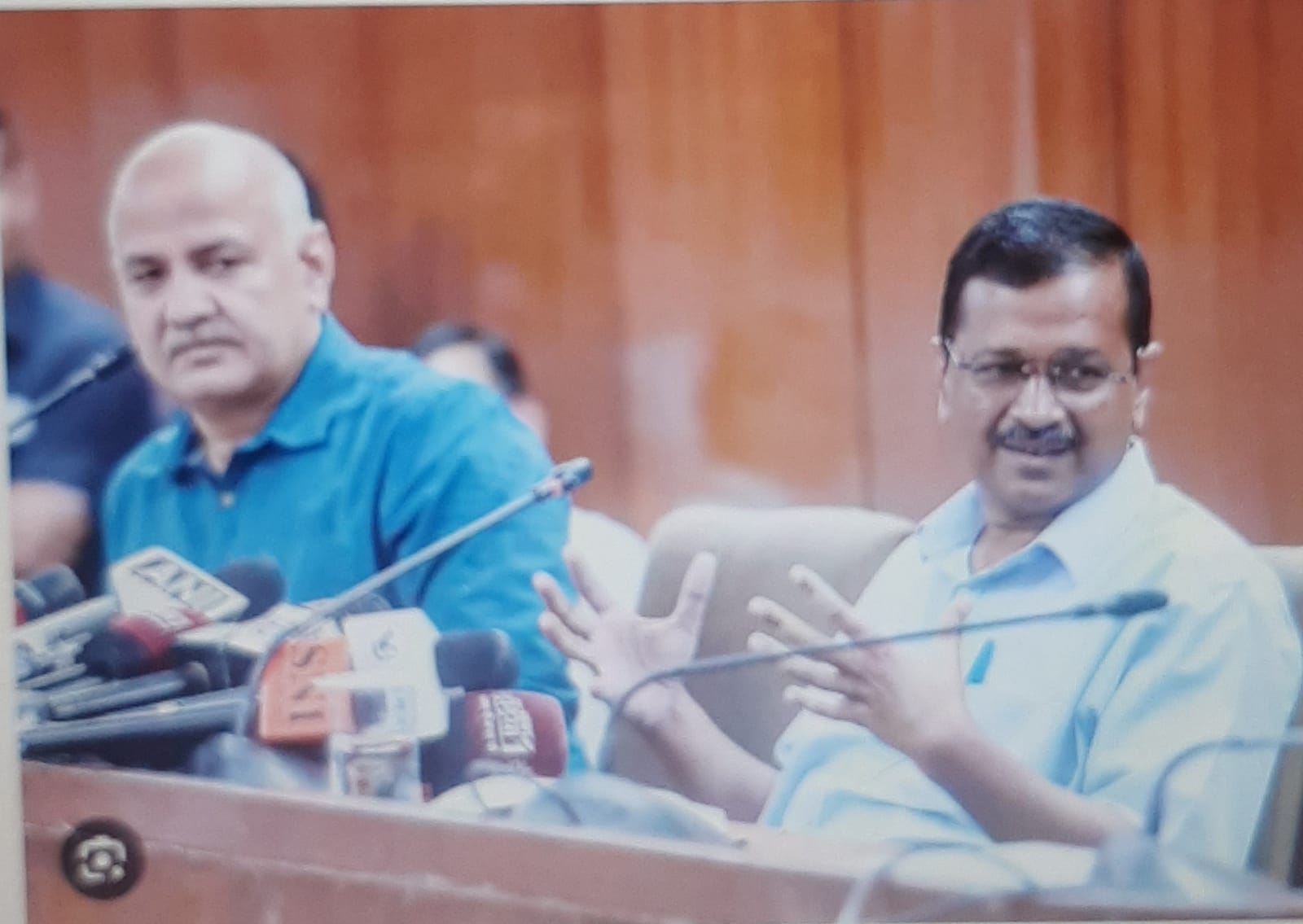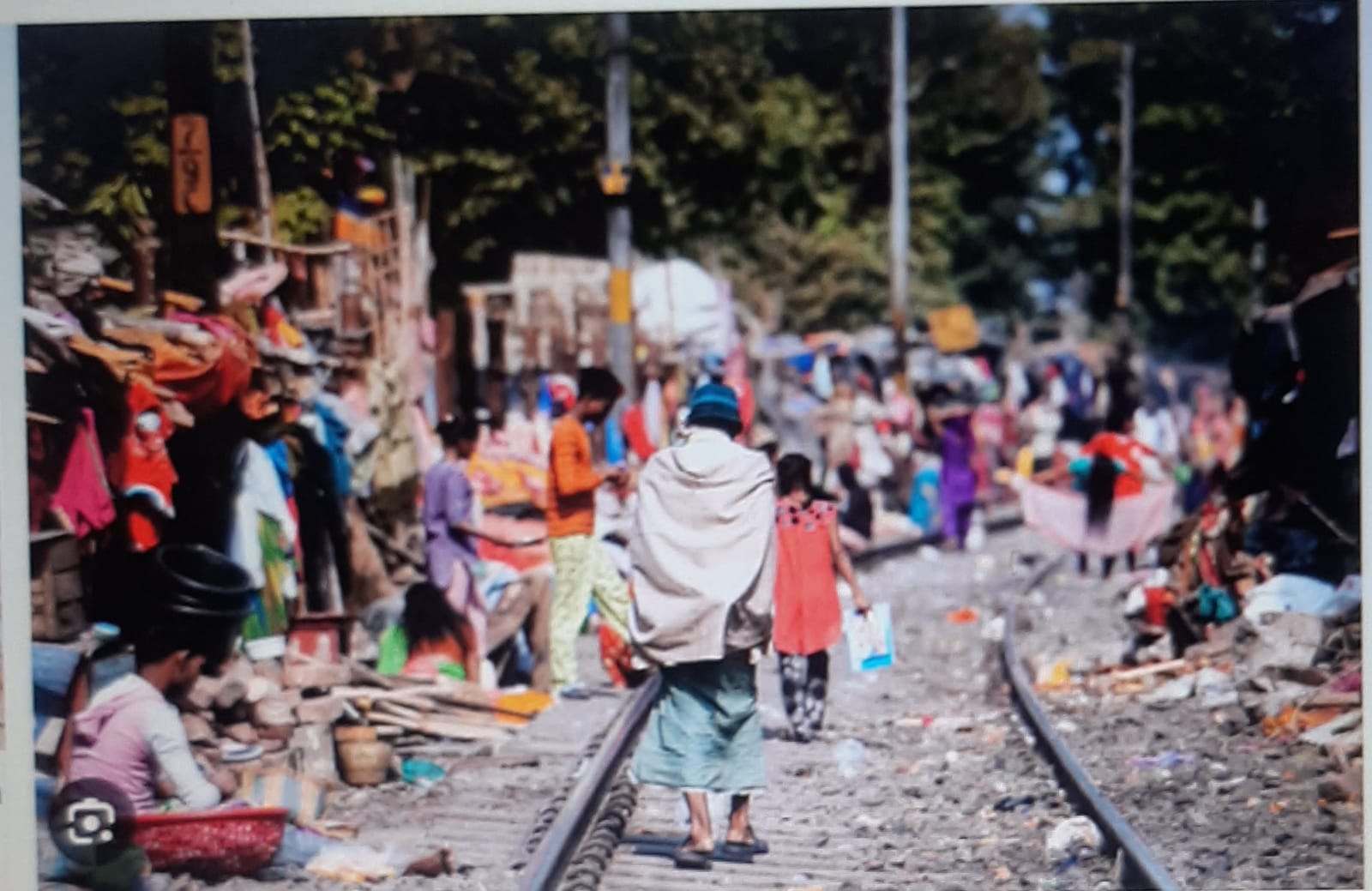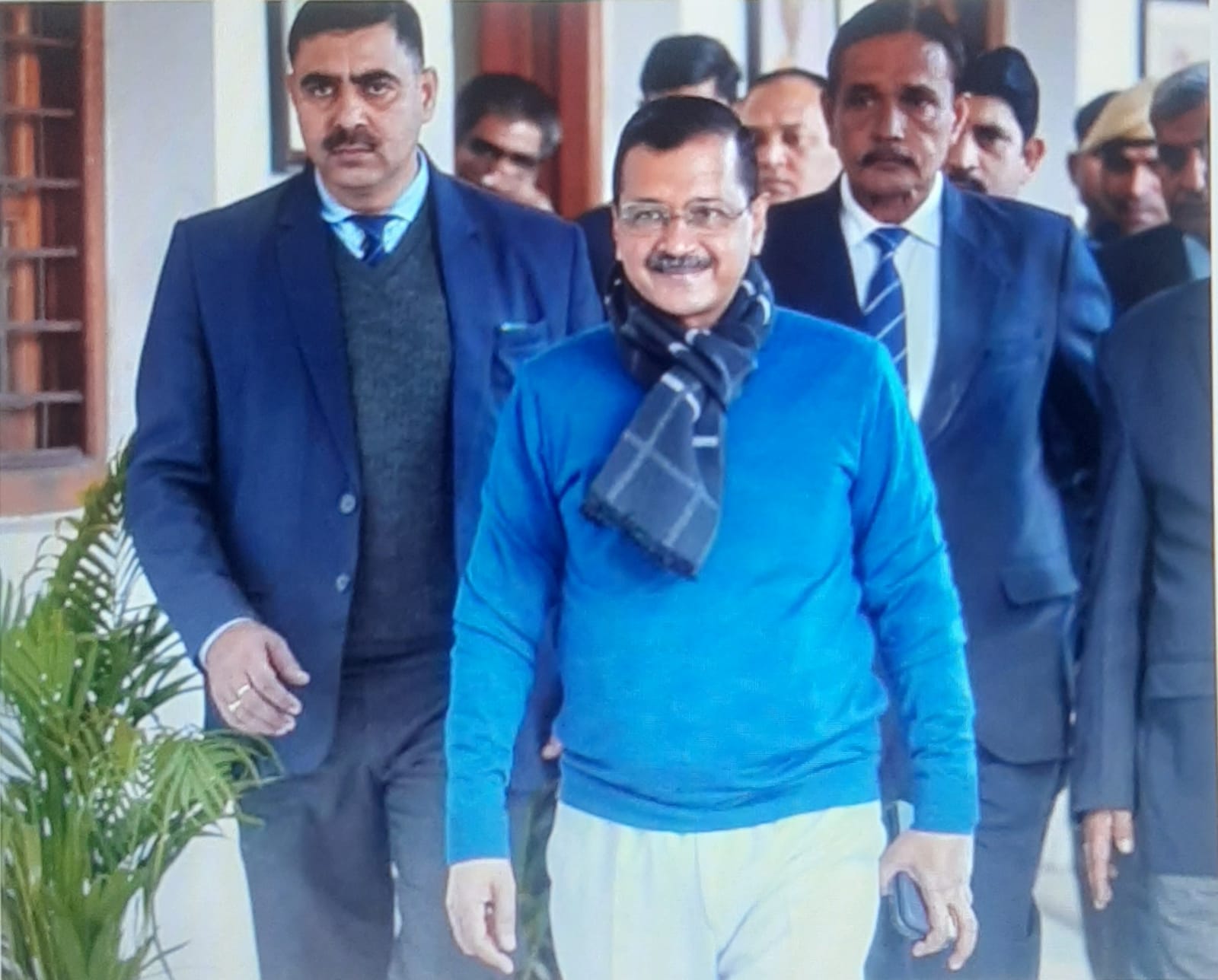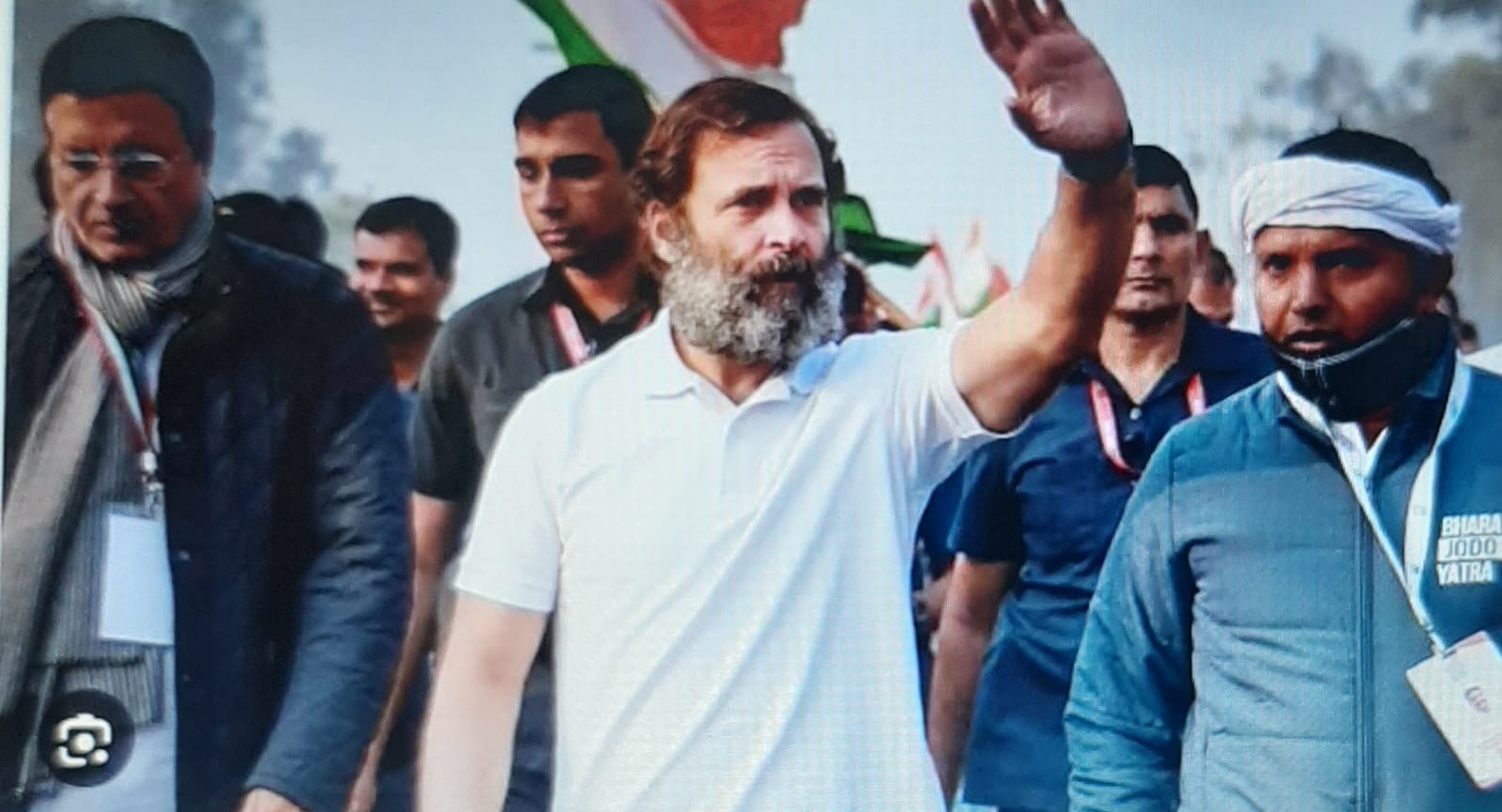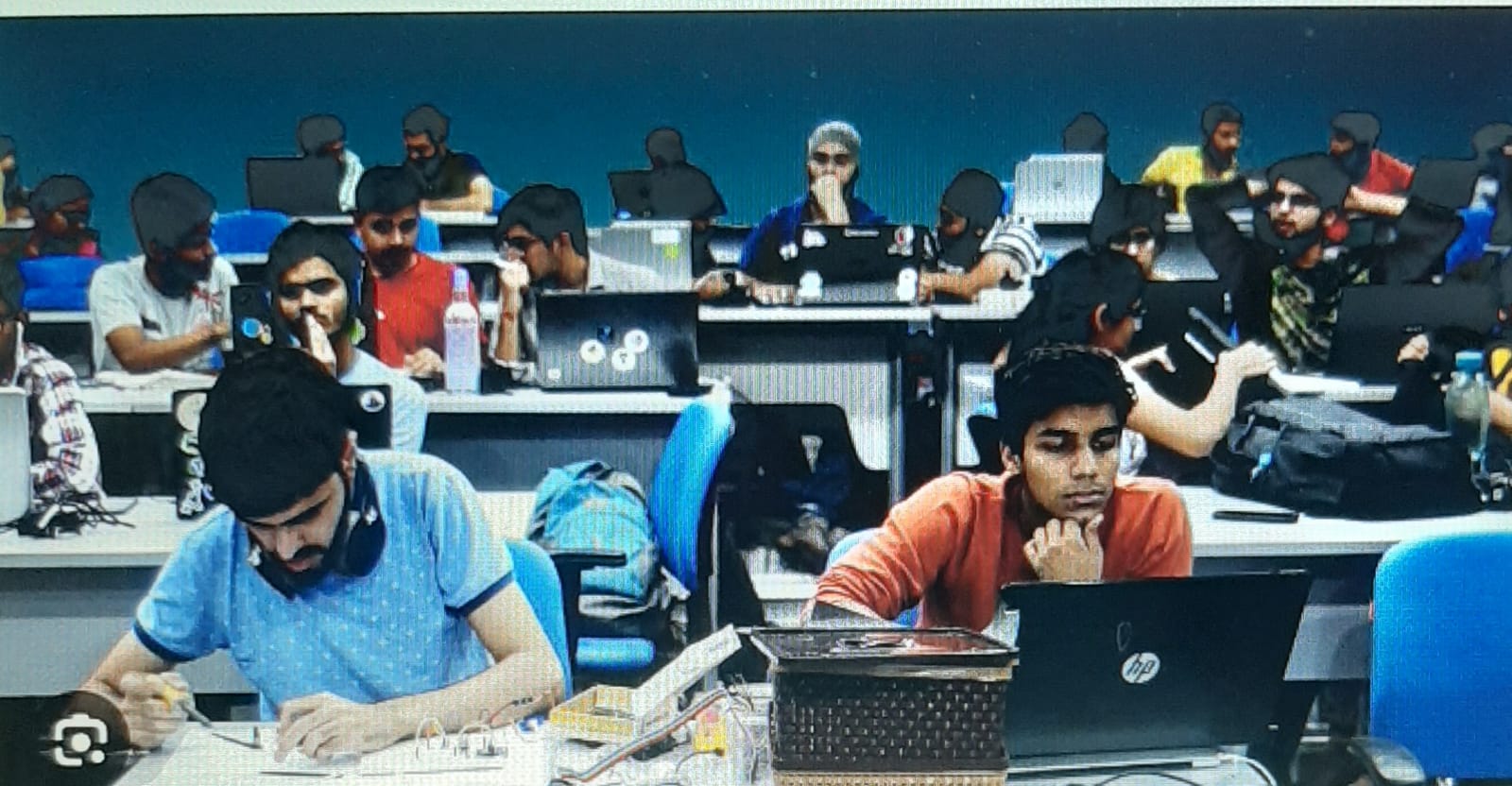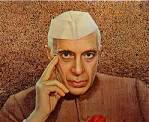
At the apex of his political career, Nehru chose to induct two bitter critics of the Congress into his cabinet. And even if it were Gandhi’s call, it was an extraordinary one.
Karthik Venkatesh
It couldn’t have been an easy decision to make. While one can only guess at Jawaharlal Nehru’s frame of mind as he finalised the list of ministers of his first Cabinet, what we do have by way of historical evidence is a letter from Nehru to Rajagopalachari (Rajaji). Dated July 30, 1947, it reads:
My dear Rajaji,
This is to remind you that you have to approach Shanmukham Chetty — this must be done soon.
I have seen Ambedkar and he has agreed …
Yours
Jawaharlal
The two people mentioned in the letter — Shanmukham Chetty and B R Ambedkar — joined the Nehru ministry when it was sworn in a couple of weeks later. When this letter was written, Nehru is likely to have been in a good space. India was becoming free and he was the darling of the masses. True, Partition was going to happen and that would have weighed heavily on him, but its full horrors had not yet taken place. At this moment when he was at the apex of his political career, Nehru chose to induct two bitter critics of the Congress into his ministry.
R K Shanmukham Chetty from Madras was a businessman, a former member of the Justice Party, which had for years been at daggers with the Congress. He had also served as the diwan of a princely state, been an adviser to the Chamber of Princes (a lobbying body for the maharajas of yore that Nehru loathed) and worked closely with the British to the extent that a former viceroy Lord Willingdon regarded him as a godson. Perhaps the only thing he had in common with Nehru was his brief membership of the Swaraj Party that had been founded by Motilal Nehru. Yet, it was this gentleman that Nehru trusted to run the finance ministry on account of his economic acumen.
The other gentleman named in the letter, Ambedkar, was an even more vehement critic of the Congress. His years in politics had been marked by extreme opposition to the Congress’s brand of patriarchal politics, especially when it came to the Dalits. Ambedkar was also cynical about independence and not very enamoured of the India that the Congress wanted to fashion. Yet there he was, chosen to head the law ministry.
There were other seemingly odd choices too. One was Shyama Prasad Mookerji, chosen to be industries and supplies minister. A member of the Hindu Mahasabha and a critic of the Quit India Movement, Mookerji’s politics, like Jinnah’s, stressed on the irreconcilable differences between Hindus and Muslims.
Then there was Rajendra Prasad, a fellow Congressman, no doubt, but a conservative at heart, orthodox in his religious beliefs and as rooted in the soil as Nehru was cosmopolitan. He too found a place as minister for food and agriculture. The Sikh face of the cabinet was the industrialist Baldev Singh, who couldn’t have been too admiring of Nehru’s Fabian Socialism.
What could have prompted Nehru to accommodate these divergent voices in his cabinet? Some historians opine that the choice of Chetty and Ambedkar were driven by a diktat from Gandhi to Nehru. However, even if it were Gandhi’s call, it was an extraordinary one. The Justice Party, to which Chetty had belonged, had singled out Gandhi at many points for extreme criticism. Ambedkar’s bitter opposition to Gandhi is also well-documented and to willfully ignore that in favour of the larger cause is worthy of admiration. And given that the Congress Dalit leader Jagjivan Ram too was part of the Nehru ministry, the contention that Ambedkar was merely chosen on account of his caste is inadmissible.
Still, why did Nehru bring on board Mookerji, whose politics was markedly different from his own? Or Prasad, who could have been seen to be status quoist at a time when India expected sweeping changes? Clearly, many of these choices were guided by Nehru’s sense of what India needed. What it needed in Nehru’s view, as one can fathom from his Cabinet choices, was a gathering of its best minds who would apply themselves to the task of setting the nation on the road to prosperity, peace and justice. And if accommodating voices that spoke differently from his own was the way to achieve it, then that’s how it would be.
Certainly, the Cabinet that was sworn in on August 15, 1947, was far from achieving perfection in regional or gender representation, but no one could say it wasn’t ideologically eclectic. Contrast this to the Cabinet that was sworn in on May 30, 2019—not only was it largely Hindu, male and Hindi-speaking, none of the members have any history of publicly diverging from the party line. It reflects a fondness for standardisation and sameness. Difference is seen as an undesirable aberration. This is the India that perhaps is sought to be fashioned: one religion, one language, one culture, one opinion.
What went into the making of the Cabinet in 1947 was the realisation that India was a riotous mélange of many hues, all of which needed to find place in the body politic. Like the nation they governed, it was fine for the members of the Cabinet to hold different opinions. There was an unstated belief in their collective ability to hammer out a consensus and choose a course of action that would be amenable to all. (Courtesy: [FIRSTPOST]
(Karthik Venkatesh is an editor, writer on languages, history and literary trivia, poetry-lover, and cricket history enthusiast)


